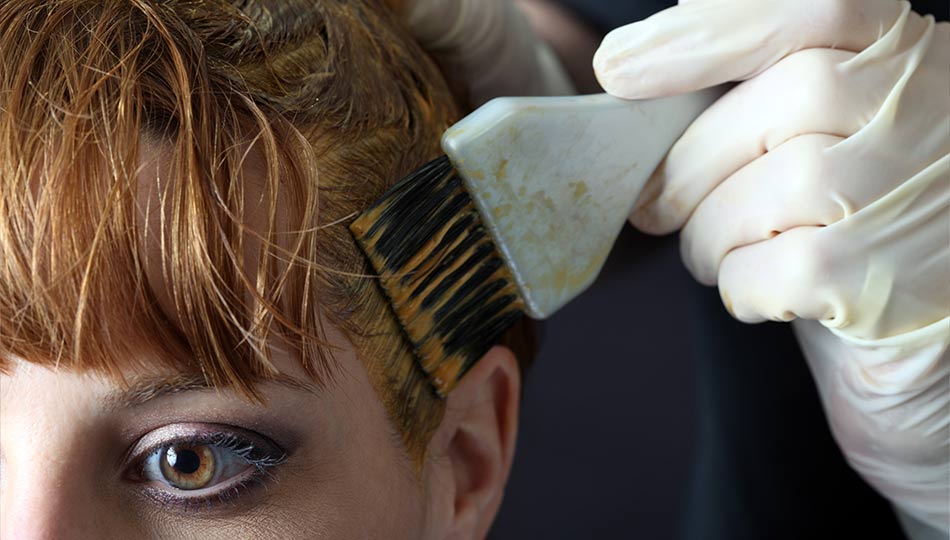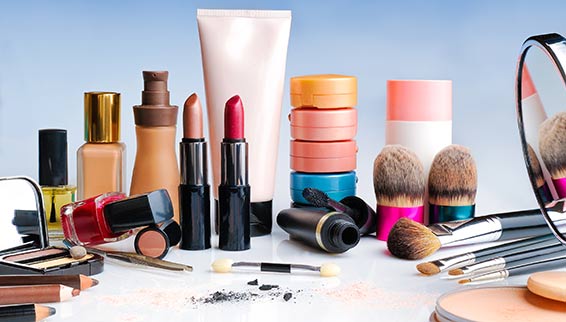Good to know about hair dyes
More than 60 % of European women and up to 10 % of men dye their hair. The EU is the safest market in the world for hair dyes. Still, the products contain lots of chemicals and can cause an allergic reaction.

All hair dye products in the EU must comply with the regulation on cosmetics, which lists the colouring ingredients that are allowed to be used, but also those that are banned. More than 100 hair dyes have been regarded as safe and permitted for use. More than 180 ingredients have been banned.
Cosmetic manufacturers are required by law to make sure their products have undergone a scientific assessment of their safety before they are sold. They need to submit the assessment information to European authorities through a cosmetic products notification portal, showing that the substance used in the product does not pose a health risk. The Commission’s scientific committees assess the risk.
Differences in hair dye products
Temporary and semi-permanent hair dyes are used for temporary colour changes. The products coat your hair and wash out when you shampoo your hair.
Permanent hair dyes are resistant to shampooing and their colours grow out with hair over time. The dyes do not coat the hair, the colours are formed as a result of a chemical reaction – often using hydrogen peroxide. They represent 70-80 % of the colouring products in Europe.
Another difference depends on the final colour you will obtain: dyes to produce darker hair colours use stronger concentrations of chemicals than the dyes for lighter colours. Therefore you are likely to be exposed to a higher amount of chemicals.
The risk of allergy is lower if instead of dyeing all of your hair, you only dye parts of it, for example in streaks. This is because the hair dye is less in contact with your skin.
Link to cancer?
Continuing research into the use of hair dyes and cancer has produced inconclusive results. Some epidemiological studies have suggested that hairdressers and barbers, who are most exposed to hair dyes, have a higher incidence of bladder cancer. However, other studies, particularly in Europe, have contradicted these findings. For example, a recent analysis which took into account all the previously published studies has shown that there is no additional risk of bladder cancer from personal hair dye use.
Products made before the 1980s did contain chemicals that have been found to cause cancer in animals. Manufacturers have since replaced them with safer substances.
Read more
- EU cosmetics regulation - European Commission
- Fact Sheet on hair dyes - European Commission
- List of substances allowed and banned in hair dyes - European Commission
- Colour well – colour wise - Cosmetics Europe
Previous Next Layout
Read Also
-
 Health
HealthChemicals causing allergies
More people are suffering from allergies than ever before. Some man-made chemicals cause them, but so can naturally occuring allergens like pollen, plants and food.
READ MORE -
 general
generalChemicals in cosmetics
In Europe, we use at least seven different cosmetic products per day on average. They range from hygiene products like soap, shampoo, deodorant and toothpaste to beauty products like perfumes and make-up. Cosmetics contain many chemicals – take a look at the ingredients labels.
READ MORE
